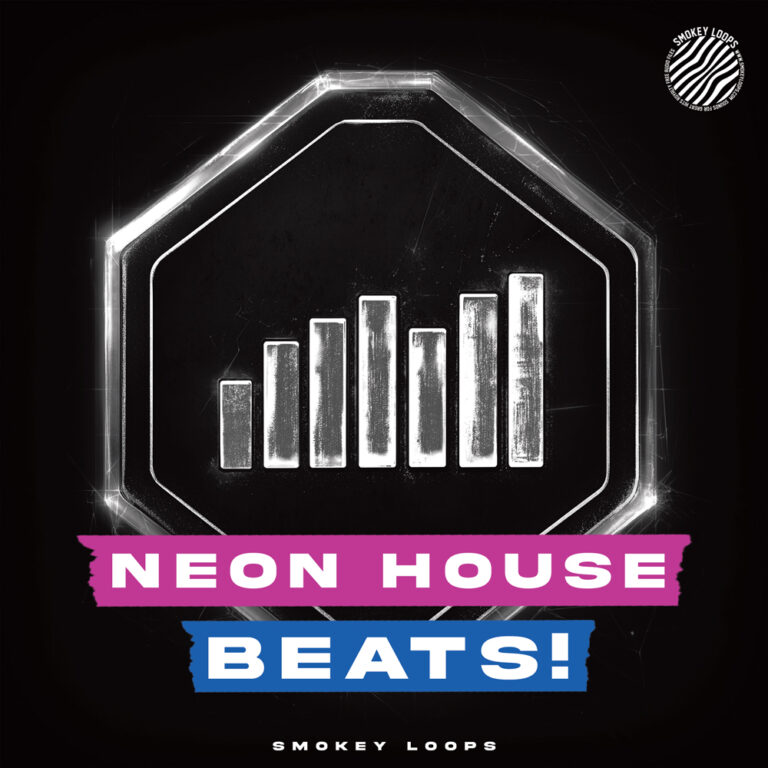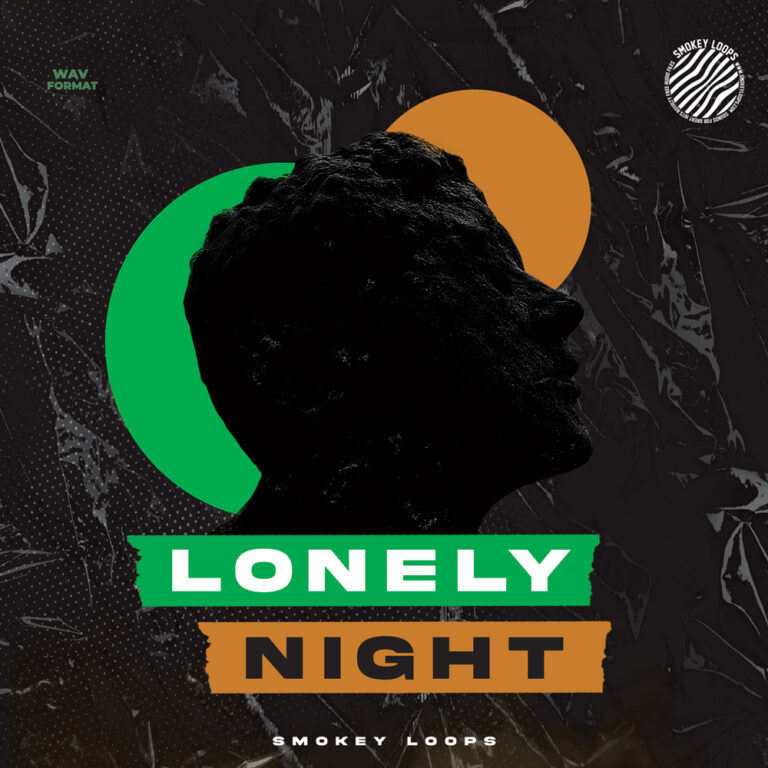HOW TO MAKE 808 DRUM
The 808 drum is a staple in modern music production, particularly in hip-hop, trap, and electronic music. Named after the Roland TR-808 drum machine that was first released in 1980, the 808 drum sound is characterized by its deep, boomy bass and sharp attack.
Creating an 808 drum sound can be accomplished in a variety of ways, including using a physical drum machine, a sample, or synthesizing the sound using a software instrument. In this article, we will explore the various methods for creating an 808 drum sound, as well as tips and tricks for achieving the perfect 808 drum sound for your music production.
Method 1: Using a Physical Drum Machine
One of the most authentic ways to create an 808 drum sound is by using an actual TR-808 drum machine. These machines are highly sought after by collectors and can fetch a high price on the used market. However, if you are lucky enough to get your hands on one, you will be able to achieve the classic, authentic 808 drum sound that is heard on countless hit songs.
Method 2: Using a Sample
Another popular method for creating an 808 drum sound is by using a sample. There are a variety of 808 drum samples available for purchase online or included with sample packs. These samples can be loaded into a sampler instrument or DAW (digital audio workstation) and played back to create the 808 drum sound.
Method 3: Synthesizing the Sound
For those who want to create their own unique 808 drum sound, synthesizing the sound using a software instrument is the way to go. There are a variety of software instruments and synthesizers that can be used to create an 808 drum sound, such as Native Instruments’ Massive or Xfer Records’ Serum. These software instruments allow you to manipulate various parameters, such as pitch, decay, and distortion, to create your own custom 808 drum sound.
Tips and Tricks for Achieving the Perfect 808 Drum Sound
- Experiment with Pitch: One of the key elements of the 808 drum sound is its deep, boomy bass. Experimenting with pitch can help you achieve the perfect bass for your 808 drum sound.
- Use Compression: Compression can help to add punch and sustain to your 808 drum sound.
- Add Distortion: Distortion can add a gritty, raw edge to your 808 drum sound.
- Layer with Other Sounds: Layering your 808 drum sound with other sounds, such as claps or snares, can add depth and complexity to your drum sound.
- Use EQ: EQ can be used to shape the overall tone of your 808 drum sound.
- Adjust the Attack and Decay: The attack and decay of the 808 drum sound can greatly affect the overall sound and feel of the drum. Experimenting with these parameters can help you achieve the perfect balance of sharpness and sustain.
- Use Reverb: Adding a small amount of reverb can help to add a sense of space and depth to your 808 drum sound.
- Use Effects: Experiment with different effects, such as delay or chorus, to add additional depth and complexity to your 808 drum sound.
- Use Sidechain Compression: Sidechain compression can be used to create a “pumping” effect on your 808 drum sound, which can add energy and excitement to your drum track.
- Try different types of 808 drum sounds: The TR-808 drum machine has many different types of drum sounds, such as kicks, snares, hats, and more. Try using different sounds and combinations of sounds to create your own unique 808 drum sound.
- Automate the parameters: Automating the parameters in your DAW will allow you to have more control over the sound and make it more dynamic.
- Modifying the drums with a transient shaper: Transient shaper can help to emphasize the attack of the drums and add more punch to the sound.
- Using a sub-bass: Adding a sub-bass to your track and automating it to the kick drum can help to add more depth and power to the overall sound.
- Try different processing techniques: Experiment with different processing techniques, such as saturation, distortion, or bit-crushing, to add character and personality to your 808 drum sound.
Tips and Tricks for Achieving the Perfect 808 Drum Sound
- Experiment with Pitch
- Use Compression
- Add Distortion
- Layer with Other Sounds
- Use EQ
- Adjust the Attack and Decay
- Use Reverb
- Use Effects
- Use Sidechain Compression
- Try different types of 808 drum sounds
- Automate the parameters
- Modifying the drums with a transient shaper
- Using a sub-bass
- Try different processing techniques
| Key Points |
| The 808 drum sound is characterized by its deep, boomy bass and sharp attack. |
| There are a variety of ways to create an 808 drum sound, including using a physical drum machine, a sample, or synthesizing the sound using a software instrument. |
| Experimenting with pitch, using compression, adding distortion, layering with other sounds, using EQ, adjusting the attack and decay, using reverb, using effects, using sidechain compression, trying different types of 808 drum sounds, automating the parameters, modifying the drums with a transient shaper, using a sub-bass, and trying different processing techniques can help to achieve the perfect 808 drum sound. |
In conclusion, the 808 drum sound is a staple in modern music production and can be achieved through a variety of methods, such as using a physical drum machine, a sample, or synthesizing the sound using a software instrument. Experimenting with pitch, compression, distortion, layering, and EQ can help you achieve the perfect 808 drum sound for your music production.



